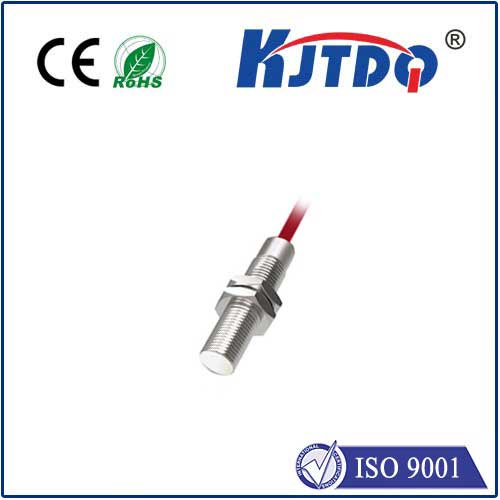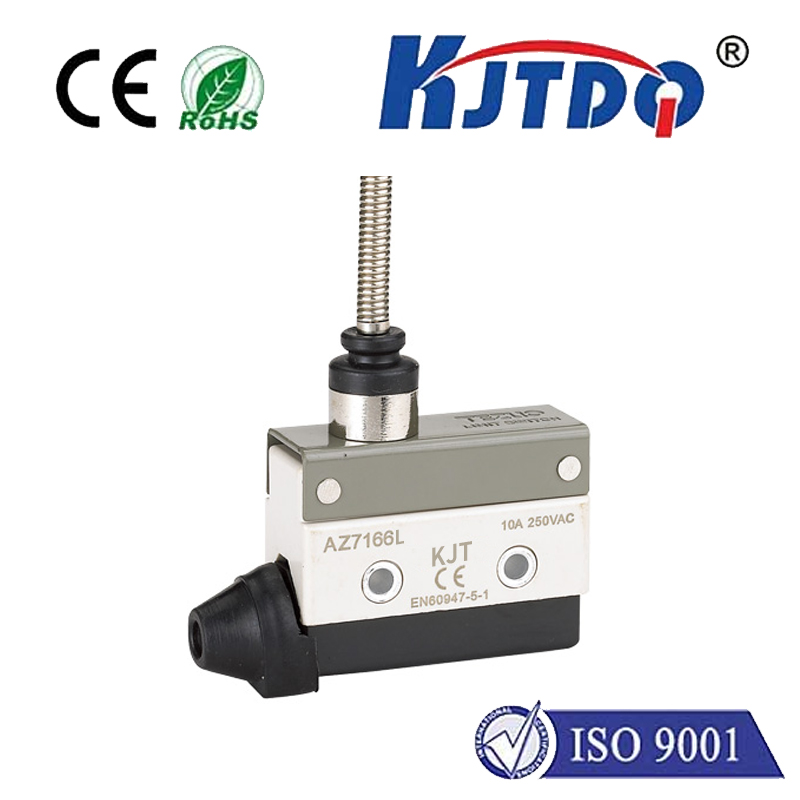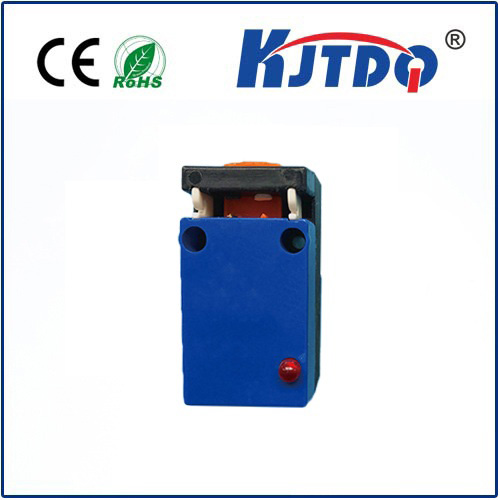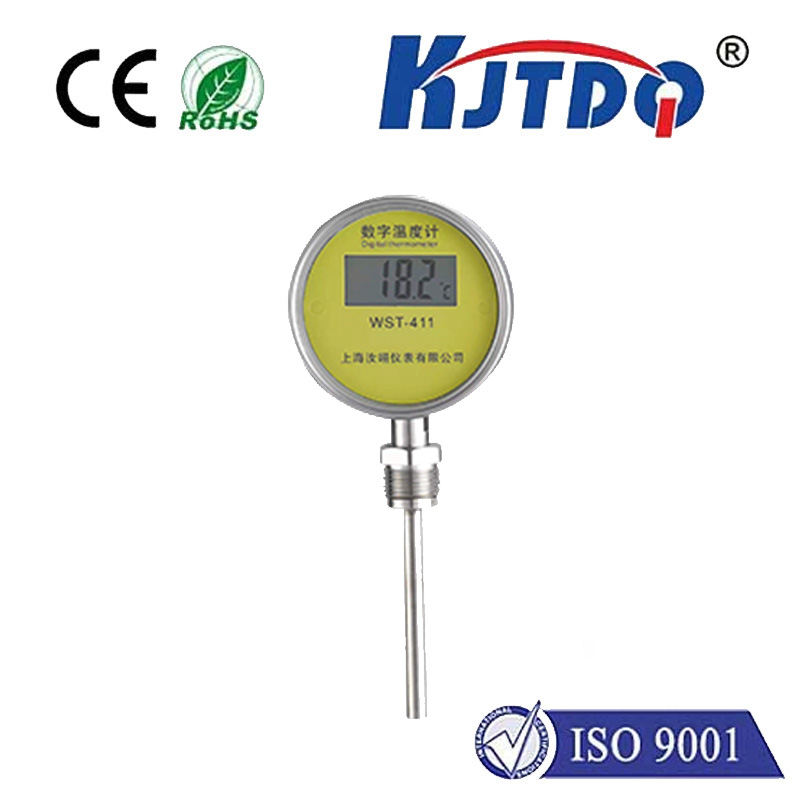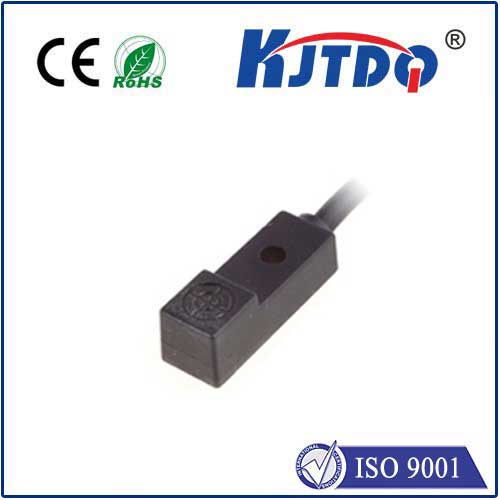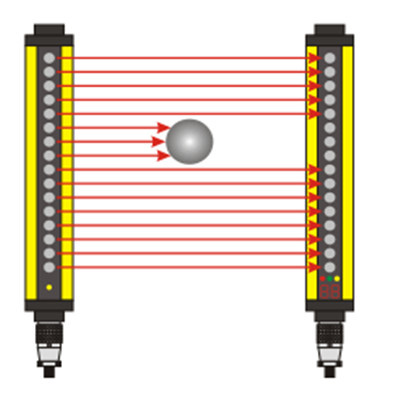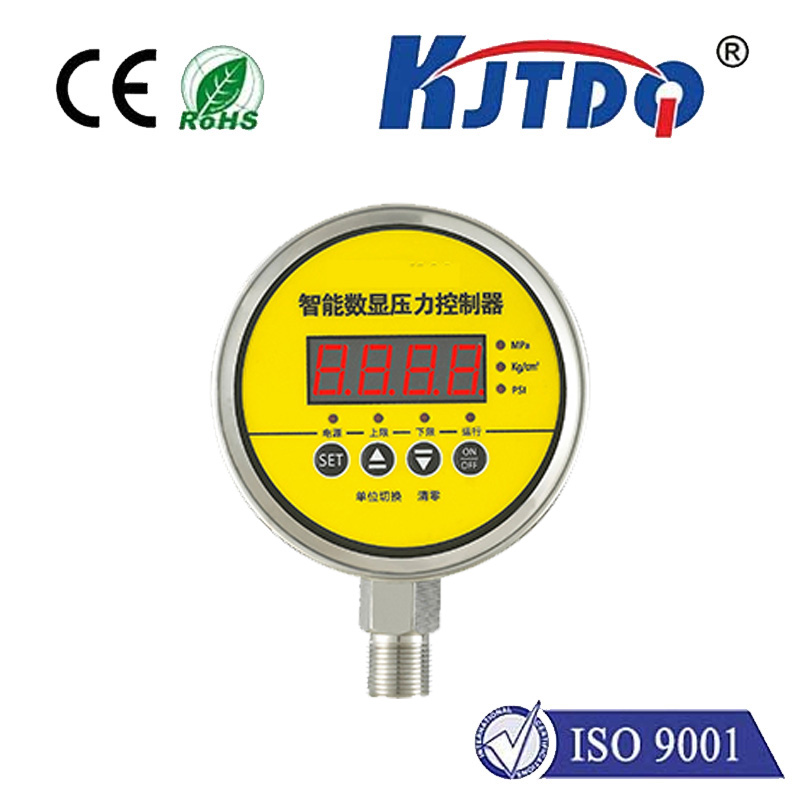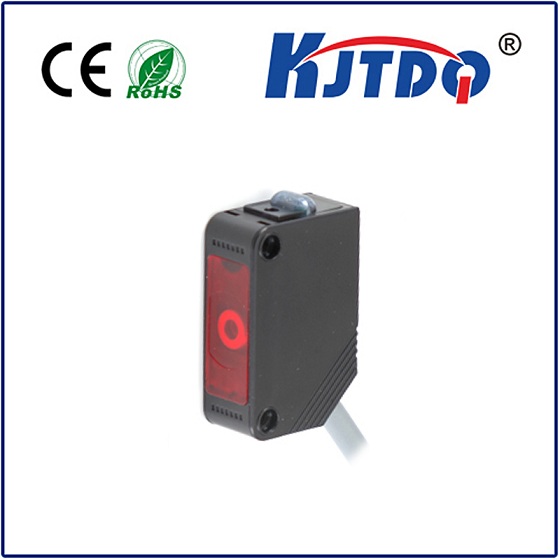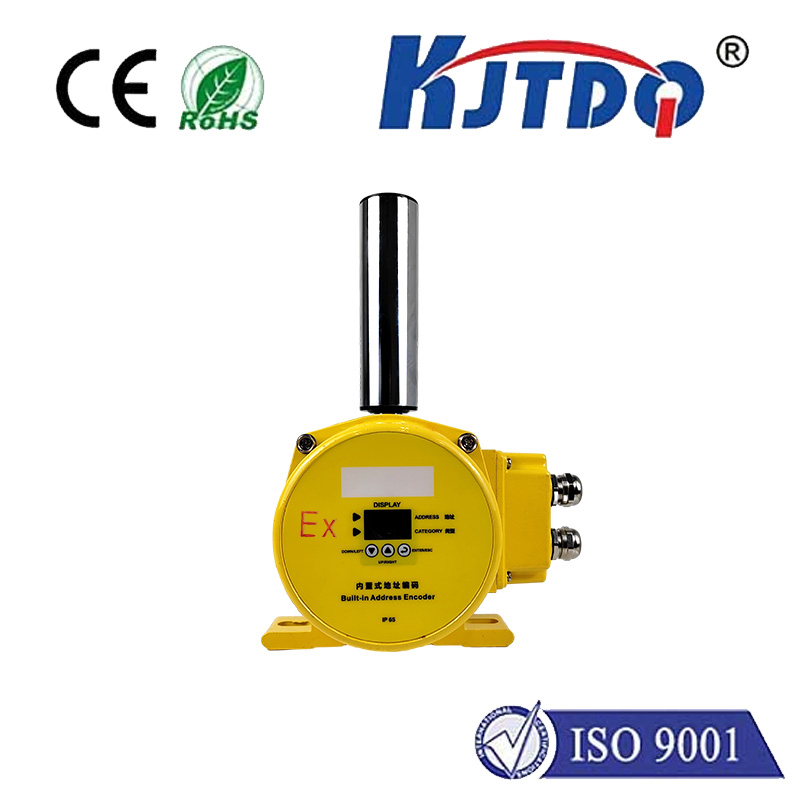
check

check

check

check
Introduction:
The development of compact proximity sensors has been a significant technological breakthrough, transforming various industries such as automotive, healthcare, and consumer electronics. These small yet powerful devices have significantly impacted our daily lives, providing accurate and reliable sensing capabilities. In this article, we will discuss the evolution of compact proximity sensors, from their early beginnings to the advanced technologies they offer today.
Early Developments: The Beginnings of Compact Proximity Sensors
Compact proximity sensors trace their roots back to the late 1960s, when researchers began experimenting with infrared (IR) and ultraviolet (UV) sensors. These early sensors were bulky and inefficient, making them unsuitable for commercial applications. It wasn't until the 1990s that significant advancements were made in the technology behind compact proximity sensors, leading to their widespread adoption in various industries.
The Rise of Capacitor-Based Sensors: Improved Performance and Cost-Effectiveness
In the early 2000s, capacitor-based proximity sensors emerged as a popular alternative to the earlier IR models. These sensors offered improved accuracy, faster response times, and lower power consumption, making them more suitable for industrial and commercial applications. As a result, they rapidly gained popularity and are now widely used in applications such as machine vision, robotics, and automotive safety systems.
Microelectromechanical Systems (MEMS): A New Era in Compact Proximity Sensor Technology
The introduction of microelectromechanical systems (MEMS) paved the way for even smaller and more sophisticated compact proximity sensors. MEMS technology allows for the fabrication of complex components on a tiny scale, enabling the creation of devices with unparalleled precision and sensitivity. MEMS sensor arrays have revolutionized many industries, including health monitoring, consumer electronics, and augmented reality.
Advanced Sensor Technologies: Beyond Traditional Proximity Detection
Today's compact proximity sensors offer a wide range of capabilities beyond traditional detection methods. For example, some sensors can detect magnetic fields or ultrasonic vibrations, providing additional information about their environment. Others can integrate with other sensors or actuators to create intelligent systems capable of autonomous decision-making based on real-time data. This integration of multiple sensor types enables these devices to adapt and respond to their surroundings more effectively than ever before.
Applications of Compact Proximity Sensors: Transforming Industries and Our Lives
Compact proximity sensors have become an indispensable part of numerous industries, revolutionizing how we interact with technology in our daily lives. In the automotive industry, these sensors are used for collision avoidance and lane departure warning systems, improving road safety. In healthcare, they are employed in medical devices that monitor vital signs and provide real-time alerts to patients and caregivers. In consumer electronics, they enable gesture controls and voice recognition features in smartphones and other devices. Furthermore, these sensors play a crucial role in environmental monitoring, asset tracking, and remote access control systems.
Conclusion: The Future of Compact Proximity Sensors
As technology continues to advance, we can expect compact proximity sensors to become increasingly sophisticated and versatile. With ongoing research and development, these devices will likely incorporate new sensing modalities, such as lidar-based sensing or wireless connectivity, further enhancing their capabilities. The future of compact proximity sensors holds great promise for creating smarter, safer, and more efficient environments around us.
